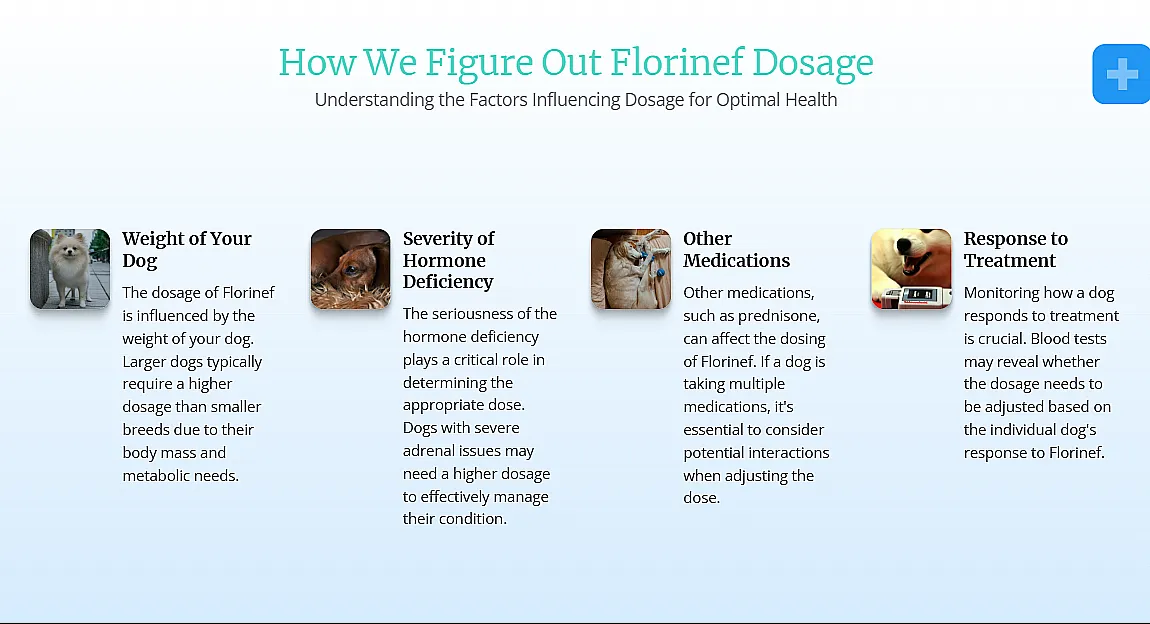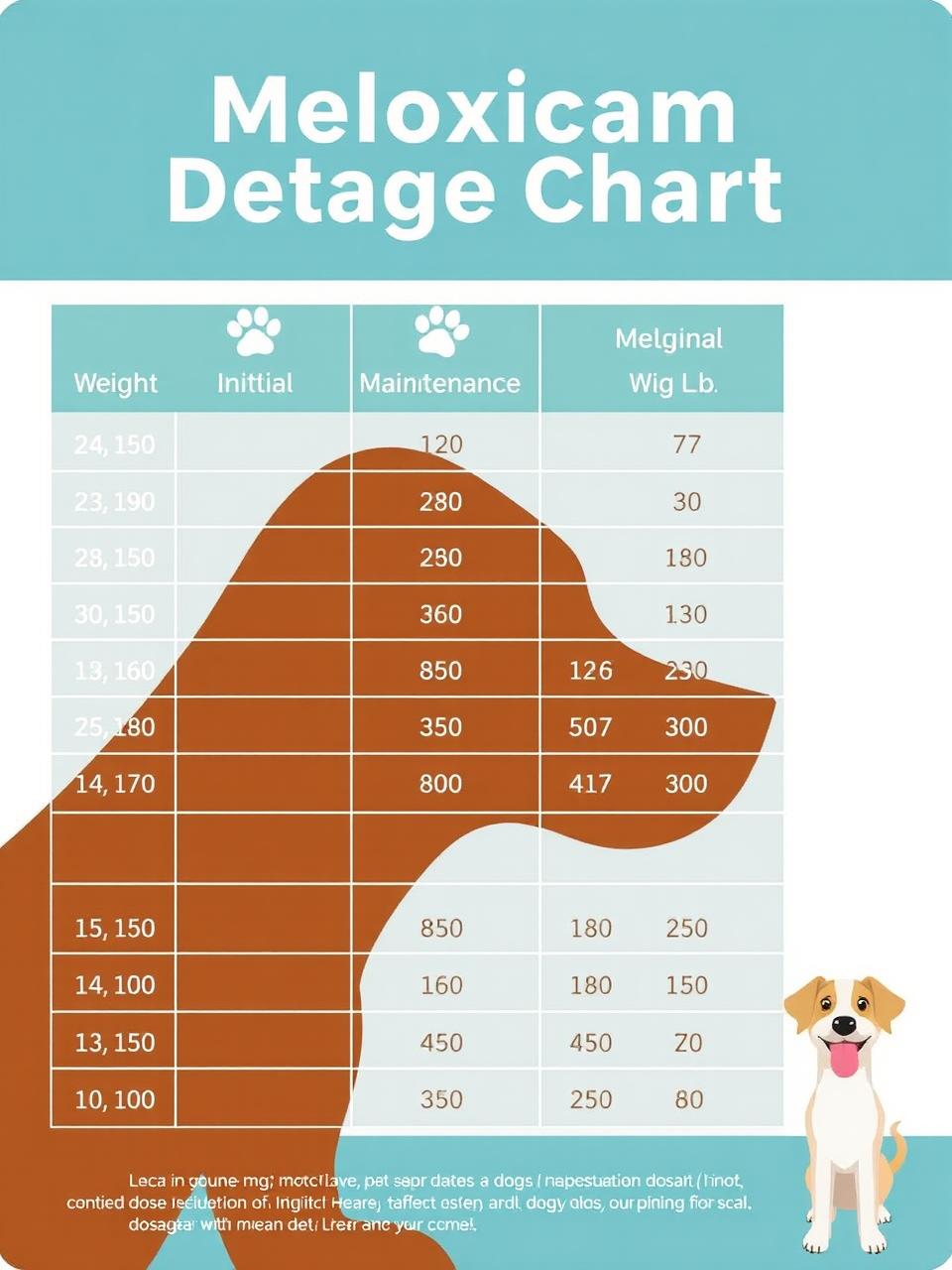If your beloved diabetic pup isn’t eating and is throwing up, you may be feeling worried and concerned. Don’t worry—I’ve got you covered! In this blog post, I will share our advice on what to do when your diabetic dog won’t eat and is throwing up.
Did you know: The incidence of diabetes in dogs is 1 in every 500 canines, with the typical age of diagnosis falling between 7 to 9 years old. Female dogs are three times more predisposed to the condition as compared to male dogs.
Signs of Diabetes in Dogs
- Loss of appetite
- lack of energy
- depressed attitude
- vomiting
- excessive thirst or drinking
These signs can be a warning that diabetes is poorly controlled and could lead to more serious medical conditions, such as diabetic ketoacidosis and high blood glucose levels.
Treatment options for diabetic dogs include insulin therapy and managing symptoms through diet, nutrition, exercise, and activity.
It is important to seek veterinary care for your pet if any of these signs are present.
Diabetic Ketoacidosis
Diabetic Ketoacidosis (DKA) is a medical emergency that can occur in dogs with diabetes.
It is caused by a lack of insulin in the body, resulting in an accumulation of ketones, which can lead to dehydration, electrolyte abnormalities, vomiting, weakness, very high blood glucose levels, and large amounts of ketones circulating in the bloodstream.
Symptoms of DKA can include excessive thirst and drinking, fruity odor in the breath, increased urination, vomiting, lethargy, and decreased appetite.
High Glucose Levels
High glucose levels can be indicative of diabetes in dogs.
If your pet is exhibiting signs of diabetes, such as excessive drinking, increased urination, and lethargy, it is important to get them tested and check their glucose levels.
Moderately elevated glucose levels can indicate infections, inflammatory conditions, or hormonal imbalances.
High blood sugar can also cause nausea and loss of appetite, as well as other symptoms that could indicate threats to health.
Uncontrolled diabetes can lead to serious metabolic disturbances and organ damage.
It is important to monitor your pet’s glucose levels regularly and follow the recommended treatment plan for managing diabetes in order to reduce the risk of long-term health complications.
Treatment Options
Treatment options for diabetic dogs can be divided into two main categories: insulin therapy and managing symptoms.
Insulin Therapy
Insulin therapy is the primary treatment for diabetes mellitus in dogs. It is necessary to replace the body’s inadequate production of insulin and help keep blood glucose levels in check.
The dose and type of insulin have to be determined by a vet and ideally, blood glucose monitoring should be done regularly to ensure optimal dosing.
In addition to insulin injections, it is important to manage your furry friend’s diet and exercise routine to help keep glucose levels balanced.
Managing Symptoms
Managing symptoms of diabetes in dogs is important to ensure the health and well-being of your pet. If your pet isn’t eating or is vomiting, it is important to monitor their blood glucose levels with a glucometer.
High levels of glucose can cause nausea and loss of appetite, as well as other symptoms such as vomiting, increased urination, and weight loss.
If diabetes is not managed effectively, it can lead to more serious conditions such as diabetic ketoacidosis or hypoglycemia.
To manage diabetes in pets, insulin therapy may be necessary as well as diet and nutrition modifications, exercise, and activity adjustments.
Consulting with a vet is the best way to determine the right plan of action for your pet’s specific needs.
Diet and Nutrition Tips
It is important to ensure that diabetic dogs are given the right diet and nutrition.
Exercise and Activity
Exercise and activity are important for all dogs, but mainly for those with diabetes.
Regular exercise helps to regulate blood glucose levels and helps reduce the risk of diabetic ketoacidosis. Exercise also helps to improve circulation and can help the body to use insulin more effectively.
It is important to keep your dog’s activity levels consistent, as too much or too little activity can lead to unexpected changes in their blood glucose levels.
Talk to your vet about what type of activities would be best for your pet.
What Can I Feed My Diabetic Dog Who Won’t Eat?
Try feeding your dog their dry food piece by piece from your hand. This may help to encourage them to eat.
You can also try mixing a small amount of wet canned food into the dry food. Also, look into dog chews that promote gut health, as sometimes lack of appetite can arise from poor GI function.
Avoid treats with sugars and starches that can cause a spike in your dog’s blood sugar – instead, try giving your dog healthy complex carbohydrates, such as sweet potatoes or green peas.
What to Give a Diabetic after Vomiting?
After vomiting, it is important for diabetics to rest for 1 hour and not consume any food or drink during this time. After the 1 hour, it is best to take small sips of soda or drinks such as milk of magnesia.
For nutrition, mild foods such as gelatin, crackers, and soup can be taken.
Also, sugary drinks like fruit juice or non-diet cola/lemonade and glucose tablets/sweets such as jelly beans may help to reach daily nutritional goals. Fizzy drinks should be avoided.
When Should I Take My Dog to the ER for Vomiting?
You should take your dog to the ER if it is non-stop vomiting or dry retching, if it vomits multiple times a day, or if it has been vomiting for hours.
It is also an emergency if your pet has frequent vomiting (more than 4 times) over a period of time. If your K9 only vomits 2-3 times within 10 minutes and then acts normal again, it’s usually not necessary to take them to the ER.
What Are the Signs of Too Much Insulin in the Diabetic Dog?
Lethargy, sleepiness, anxiety, hunger, convulsions, muscle twitching, coma, seizures, excessive thirst, and frequent water bowl emptying are some symptoms of too much insulin.
These symptoms may indicate that too much insulin was given either from not properly measuring the insulin in the syringe or from giving two doses. If your dog’s blood sugar drops significantly due to an overdose of insulin, it can result in irreversible brain damage or even death.
Do I Still Need Insulin If My Dog Won’t Eat?
Yes, if your dog is insulin-dependent, it is still important to administer insulin even if your pup isn’t eating. However, if your pup does not eat for more than 48 hours, you should not give the full dose of insulin. Without food to carry the insulin, giving the usual dose could drop the blood glucose to dangerously low levels. It is important to monitor your pet’s blood glucose levels and adjust the insulin dosage accordingly.
What Are the Symptoms of Not Enough Insulin a Diabetic Dog?
The common symptoms of not enough insulin in a diabetic dog include loss of appetite, lack of energy, depressed attitude, vomiting, and increased thirst and urination.
Uncontrolled diabetes can lead to devastating effects on the dog’s body, such as excessive thirst and urination and an increased appetite.
This is because the body does not have energy from glucose as a source of energy, so it has to use an imbalance of insulin as an alternative source.
Conclusion
It is important to be aware of the signs of diabetes in dogs and to consult with a vet as soon as possible if any of these signs are present. Diabetes can be a serious condition, and it is vital to properly manage symptoms in order to keep your dog healthy.
Monitoring glucose levels, providing insulin therapy, and adjusting diet and activity are all important aspects of managing diabetes. With proper care and management, diabetic dogs can still lead happy and healthy lives.










